All images courtesy of Getty Images/Rush Facebook (official)

By Andrew Daly
andrew@vinylwriter.com

For a band such as Rush, one part, and only ten tracks are simply not enough. After all, with one-hundred-and-seventy-five studio tracks, how could we leave it there?
No, we had to dig deeper, and so, we’re back at it again, with Vital Signs: Ten Overlooked Rush Deep Cuts Part II. This time, we’re digging even deeper into the depths of Rush’s long, and varied career. We aim to go places others haven’t, and in greater detail.
Sure, you might not agree with all or even any of our choices, and as usual, we’ll make some bold claims, but we can take the heat. So, without further adieu, let’s dig in, and take a dive into the mystical world of Rock music’s greatest power trio.
10) 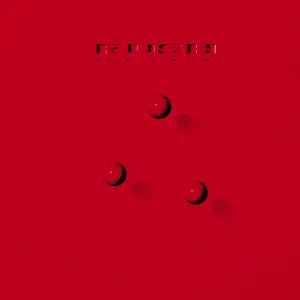 “Turn The Page” from Hold Your Fire (1987)
“Turn The Page” from Hold Your Fire (1987)
Of Rush’s nineteen studio outings, Hold Your Fire is not one that’s held in the highest regard by most Rush fans. In general, it’s thought of as Rush’s worst effort. Now, that’s not to say it’s a poor album by any means, but the argument that Rush was not firing on all cylinders here is not without merit. At the time, Rush had been adrift and perhaps was overly reliant on synths. In short, the trio had gotten away from their Rock ‘N’ Roll roots, much to guitarist, Alex Lifeson’s, chagrin. Still, Hold Your Fire is a very good album, with some extremely memorable moments, and “Turn The Page” is one of them. The song features deeply funky, and sexy basslines by Geddy Lee, and some of the nastiest guitar work of the 1980s, in general, by Alex Lifeson. Neil Peart brings up the rear with his usually reliable, if not immaculate drumming, paired handily with thoughtful lyricism. Hold Your Fire may not be Rush’s finest hour, but it’s certainly worth a listen with fresh ears.
9) 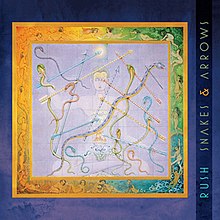 “We Hold On” from Snakes & Arrows (2007)
“We Hold On” from Snakes & Arrows (2007)
Neil Peart’s prowess as “The Professor” on the drums generally overshadowed the fact that he was one of the premier lyricists of his generation. In particular, Rush’s final three albums, Vapor Trails, Snakes & Arrows, and Clockwork Angels, feature some of Peart’s most inward thinking reflections. In a twist of duality, these records also amount to the band’s heaviest by far. In the case of “We Hold On,” Pearts’ driving, semi-primal rhythms are juxtaposed with deep, cynical locution in which the unnamed protagonist of the track laments a perverted, and depraved society, in which we must brave just to survive. It’s not unfamiliar territory for Rush, and really, no one did it better. The hard-driving instrumentation almost makes the listener forget the depth of Neil’s wordsmith…almost.
8) 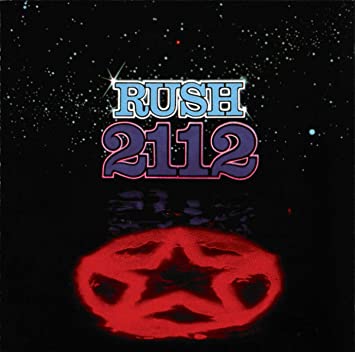 “Lessons” from 2112 (1976)
“Lessons” from 2112 (1976)
There aren’t many who would call 2112 “underrated,” but that’s not entirely true, is it? Sure, the epic, sprawling, twisting, and winding “2112” suite, which takes up the entire first half of the record which bears the same name is certainly not underrated, and the milage which it took on in the concert setting over the years proves that to be a fact. But how about the second half of the record? Sure, diehard fans will know and love the entirety of 2112, but the average listener, the fairweather fan, or the easily bored probably aren’t overly familiar with the harder-edged second half of Rush’s Prog-Rock odyssey. And in that vein, “Lessons” is perhaps the crème of the crop. The track features textured, and vividly layered instrumentation driven home by a simple beat, bookended by upbeat lyrics, delivered via the high registers of one Geddy Lee. Simply put, it’s a good track. Dig it.
7) 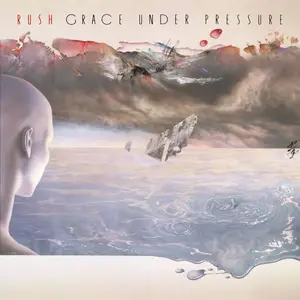 “The Body Electric” from Grace Under Pressure (1984)
“The Body Electric” from Grace Under Pressure (1984)
If there is a track that encompasses everything right about Rush in the 1980s, it’s “The Body Electric.” Interestingly, if there is a track that showcases all of the glaring issues Rush brought unto themselves in the 1980s, it’s “The Body Electric.” This one is a bit of an odd song as far as Rush tracks go. The lyrics are a bit ambiguous, but with a pair of careful ears, and some sullen contemplation, you can pick out where Neil was going here. Musically, the track is sort of…un-Rushlike. It plods along, and each time you think the trio is about to break out, they double-back, back off, and then, slow it down again. Alex Lifeson drops a very tasty guitar solo smack dab in the middle of the track, and Geddy Lee’s basswork is nothing short of inspired. Conversely, Neil Peart’s drumming, in a rare moment, leaves something to be desired, or perhaps, it’s simply unbecoming of his talent, and in truth, “The Body Electric,” could have done without such cheeky synths. You might take this as a harsh critique, and perhaps it is, but in reality, “The Body Electric” is one of Rush’s more interesting songs. We wager that upon first listen, you’re not going to like it, but after about twenty or so listens, some years down the line, one day, “The Body Electric” will come up on your shuffle, and suddenly — you’re going to love it. Give it time. Trust us.
6)  “Freeze: Part IV of ‘Fear’” from Vapor Trails (2002)
“Freeze: Part IV of ‘Fear’” from Vapor Trails (2002)
Vapor Trails, for those that have aged into the album, is a truly special record. In the late 90s, after the sudden death of Neil Peart’s wife and daughter in extremely short order, Rush too looked like it was left for dead. It was to fans great surprise, and delight that the band not only regrouped in the early 2000s but also released a new record in 2002. That record was the candidly remorseful Vapor Trails. The album, on the whole, is one of Rush’s best, and while that opinion may not be a popular one, we’ll stand by it. Make no mistake, Vapor Trails is a long album, and it is something of a challenging listen, but if you’ve got the stomach for it, it’s also a truly rewarding one, and one which features some of Rush’s most ethereal, and surprisingly edgy yet hooky tracks. One of Vapor Trails’ finest moments is “Freeze,” which amounted to part IV of the band’s “Fear” series, which had tactfully stopped and started throughout their career. If you’ve not heard this one, take a deep dive into the depths of emotional resonance, guided by residual feedback, and the intrinsic minimalism which is inherent to this late-career masterpiece.
5) 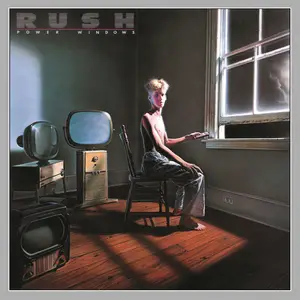 “Territories” from Power Windows (1985)
“Territories” from Power Windows (1985)
Power Windows is an album that we believe is unfairly overlooked by Rush fans both casual, and diehard alike. In addition to boasting one of the coolest album cover concepts the band ever put forth, Power Windows finds Rush finding balance in regards to their Rock roots, and synth experimentation…for the most part. It must be said that there are some semi-cheesy, but altogether acceptable moments in regards to Geddy Lee’s keys, but generally, Power Windows is perhaps Rush’s finest album of the decade not named Permanent Waves or Moving Pictures. On the whole, Alex, Geddy, and Neil were in especially fine and inspired form here. Precision drumming, fierce guitar work, chunky, and tasty basslines even out nicely amongst the waves of synths, and lyrical ruminations. Among the tracks, a few stand out, one of which is “Territories,” which is a track that, sadly, too many fans haven’t given the time of day. We’ve made light of Geddy Lee’s funky basslines several times already here, and that’s with good reason, as Geddy’s ability to drive a song via his bass guitar is at times underrated, and “Territories” is no exception. Oftentimes, Rush songs amount to small journeys, and in “Territories,” the listener finds themselves on the road again.
4)  “The Weapon: Part II of ‘Fear’” from Signals (1982)
“The Weapon: Part II of ‘Fear’” from Signals (1982)
Another part of Rush’s Fear series has emerged, this time in the form of “The Weapon,” which was part II for those keeping score at home. Anyway, Signals is a record that contains several of Rush’s finest, and most underrated tracks. It’s also a bit of a transitionary album, and it finds Rush beginning to heavily lean into its synth experimentation. In retrospect, the synth years were a bit of a bold move, considering the massive, watershed success Rush had found in its previous two records, Permanent Waves, and Moving Pictures. One has to wonder what internal forces guided the band in the direction they took. Still, Rush was never a rudderless ship, and never made choices without regard for consequence. Retrospectively, we believe Rush, as a band, come what may, was prepared to stand by its choices, and subsequent work, and it seems, by and large, as the years have gone by, they have done so. In regards to Signals, more specifically, “The Weapon,” it’s about as proggy as the band had sounded in years, and honestly, ever would again. “The Weapon” is a hard track to pin down. It’s sort of a New Wave/Prog-Rock freakout. Think Pink Floyd hooking up with Devo for a one-night stand, at the motel Roland Synth, never to meet again, but there was a lovechild, and its name was Grace Under Pressure.
3) 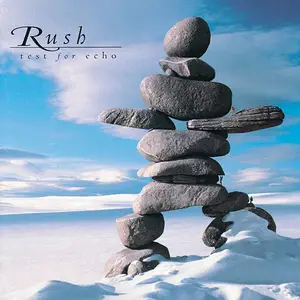 “Dog Years” from Test For Echo (1996)
“Dog Years” from Test For Echo (1996)
Test For Echo is another album in which fairweather fans AKA people who only like “Tom Sawyer,” call “boring,” and honestly, those fans couldn’t be more wrong. The backstory behind Test For Echo is finitely layered and truly interesting. Neil Peart, a man who, at the time, was more or less considered the greatest drummer on the planet, decided he was fed up with his self-imposed “robotic style.” So, Neil tore down his style, took it back to basics, and then built himself back up. In doing so, he took his drumming from what he felt was staccato and morphed it into something more varied. As is the case with a lot of Rush’s later work, Test For Echo is a bit of a long affair, and it definitely takes a bit of maturity and patience, but again, the experience is not without benefit, as the listener walks away feeling better for it. Now, Rush was never a band who anyone would ever consider “Metal,” but, as far as Heavy Metal riffing goes, “Dog Years” is pretty on point. One of the glorious things about Rush was their endless versatility, and when it comes to Alex Lifeson, the man’s versatility knew no bounds. In short, “Dog Years,” is an absolute rager, which is not familiar territory for Rush fans, but…it’s a nice change of pace if nothing else. As for Test For Echo, this album isn’t boring. If you’ve adopted that narrative, you’re sadly mistaken, and you’ve made a grave error. Take the journey.
2)  “Cold Fire” from Counterparts (1993)
“Cold Fire” from Counterparts (1993)
There is an argument to be made that Counterparts is perhaps Rush’s best record. Whether you choose to believe that is an entirely different conversation, and frankly — a simple matter of opinion, this said, we feel that Counterparts is Rush’s best record. Some feel the back to basics, and generally heavier nature of the record had a lot to do with the era of Grunge, and Alternative music which was sweeping across the Rock scene in the 90s, and frankly — we don’t agree. Rush, as a band, made deliberate choices, and they were never ones to follow trends, or shift their sound in accordance with the populous. The very idea that at that stage of the band’s career, that they would do so, is against every inclination the band ever had. The fact is simple — Rush had sonically begun to shift with significance in the late 80s around the time of the release of Presto, and had gotten steadily edgier with each subsequent release, and continued to do so for the remainder of their career through Clockwork Angels. Secondly, the truth of the matter is Rush was Rock music’s greatest power trio, and they simply chose to begin acting like it once again. Unlike some of Rush’s contemporaries, who did in fact “go Grunge,” Rush managed to harden up their sound, while still maintaining their heritage and sonic integrity. Rush did not compromise their lineage as a band, and they did not alter their process for the mainstream. If anything, Rush was ahead of the curve, and their success was on the crest of a wave that broke via their terms. In short, Rush never rode the trend, they bucked the trend and garnered massive success in doing so. As far as Counterparts goes, it’s Rush’s most consistent straight-up Rock effort, top to bottom, and “Cold Fire” is the absolute best of the bunch, aside from the stalwart “Animate.”
1) 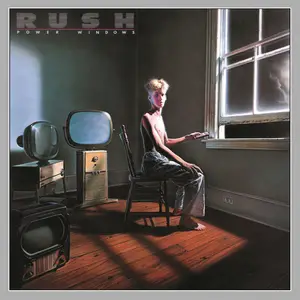 “Middletown Dreams” from Power Windows (1985)
“Middletown Dreams” from Power Windows (1985)
What more can we say? Power Windows, synths and all, is Rush’s low-key masterwork, and “Middletown Dreams,” is the crown jewel of underrated Rush tracks. Hell, it might be the crown jewel of all Rush tracks in general, and yes, we are aware just how bold of a statement that is. No fear. Anyway, in “Middletown Dreams,” we find everything that makes Rush, well, Rush. You’ve got Neil Peart, doing what Neil Peat does — bestowing upon us with precise timekeeping, coupled with sudden flourishes of explosive fills, which get more grandiose as the song apexes. Onto to Alex Lifeson, who in “Middletown Dreams,” through his tone, signature vibrato, use of space, and gentle New Wave touches makes way for one of the finest solos of his career. And of course, Geddy Lee, pulling triple duty, gives an inspiring vocal performance, while laying down more Funk-laden bass grooves, and he finishes it off with gentle brush strokes in the form of synth textures. In short, “Middletown Dreams” is everything any Rush fan could ever want for or dream of from this band. In a world where people are often sadly wishing for something better, things they don’t need, or for something more than they’ve got, Neil Peart, as usual, had his thoughts on the matter, “It’s understood by every single person, who’d be elsewhere, if they could, so far so good, and life’s not unpleasant in their little neighborhood, still they dream of Middletown.” The man was ahead of his time. Cheers, Neil.
If you felt unfulfilled after part one of this series, we hope that your appetite for underappreciated Rush tracks has been satiated…for now.
If you’re a longtime fan of the band, and you’re rolling your eyes, claiming, “No Rush tracks are underrated! They’re all epic, and amazing,” fair enough, but remember, this article isn’t for you per se. This one and this series, in general, is to educate new fans, open things up for average fans, and maybe, dare we say, jog the memories of the old guard.
In any event, we suspect this series isn’t over just yet, and we may still have a few tricks up our sleeves. In the meantime, soak up these amazing, and underrated tracks, and remember, there is nothing wrong with mainstream radio, and greatest hits compilations, and if you’re that type of fan, feel free to stop there.
Conversely, if you’re a diehard, remember that not everyone has your level of experience and in-depth history with the band. So, cut the newbies some slack, and most importantly — enjoy the music. Stay tuned for a possible, if not probable part three.
Read part 1 of this series here: https://vinylwritermusic.wordpress.com/show-dont-tell-ten-overlooked-rush-deep-cuts/
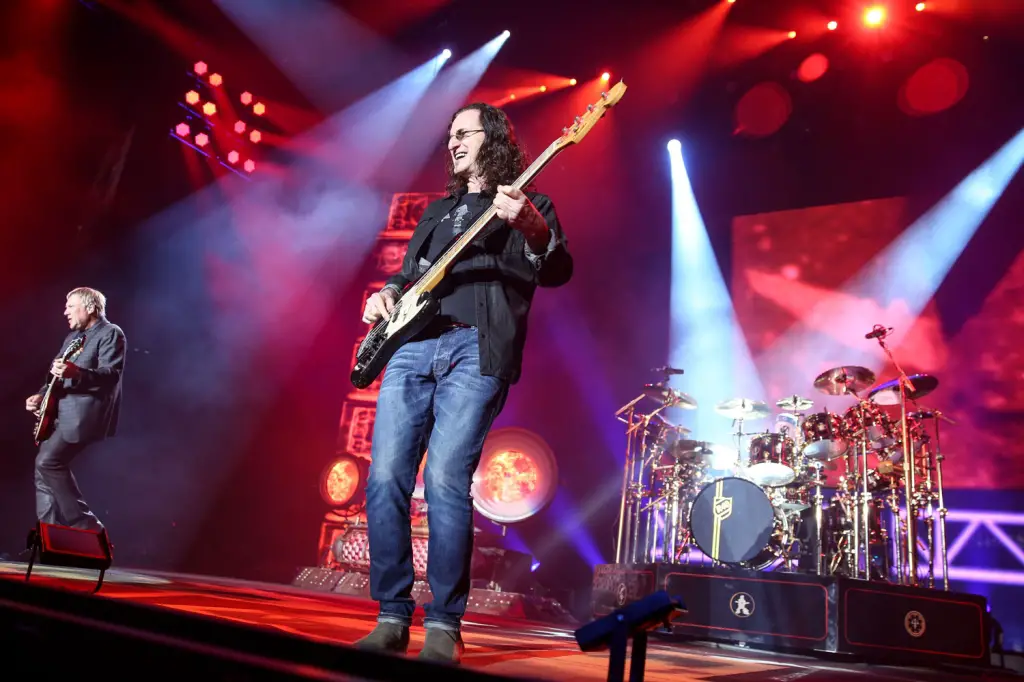
– Andrew Daly (@vwmusicrocks) is the Editor-in-Chief for www.vwmusicrocks.com and may be reached at andrew@vinylwriter.com
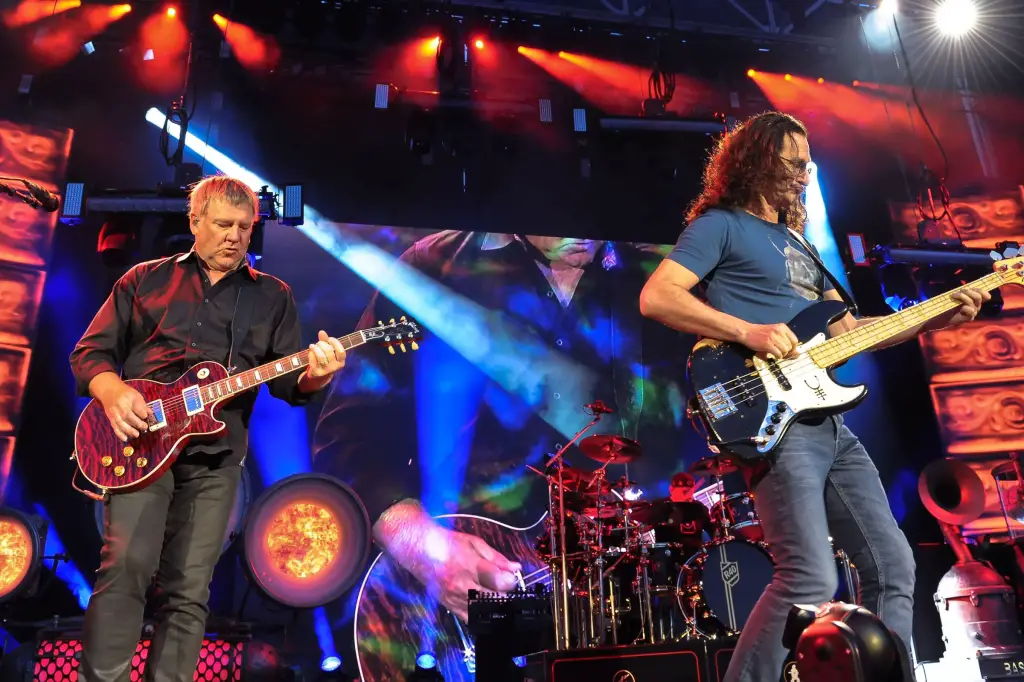



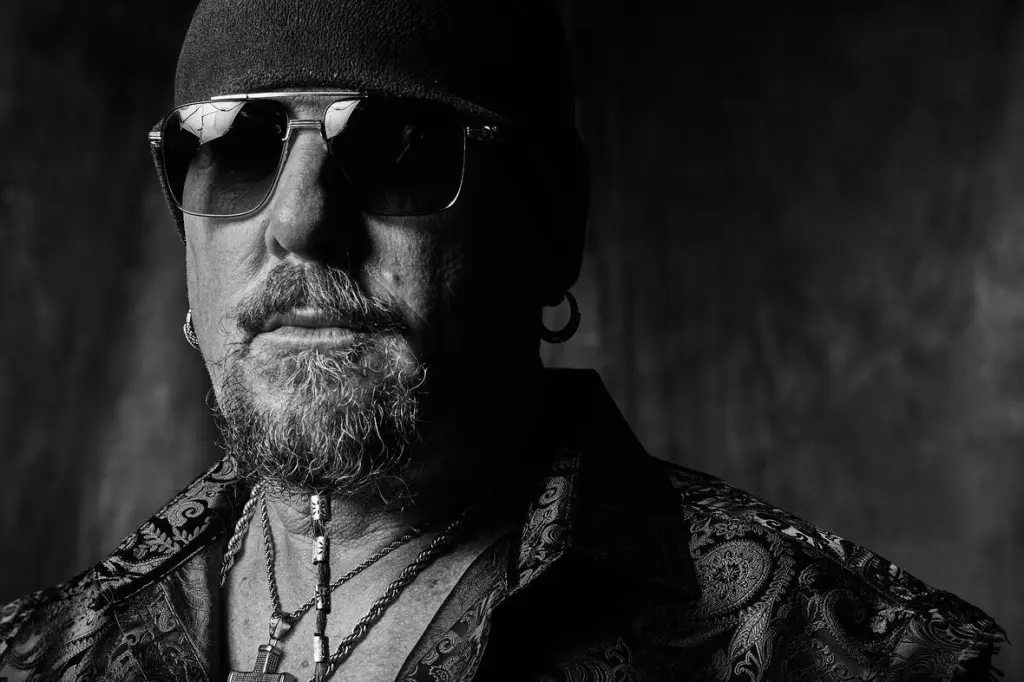
Leave a Reply